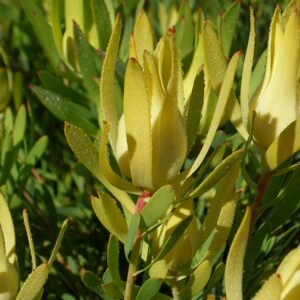Good filtration key to Koi success
DIY and how-to

Good filtration key to Koi success
All too often the area of filtration is misunderstood by Koi keepers. Any good Koi pond filter system will have two key areas that it addresses – mechanical filtration and biological filtration.
Mechanical filtration removes solid debris and detritus such as dead algae, insects, Koi wastes, etc. In other words, mechanical filtration removes all the stuff you can see.
Biological filtration is the opposite. It gets rid of all the stuff that you can’t see – the poisons that are dissolved in the water of the pond. These poisons are produced by the fish themselves and also by the decay and rotting of the solids that are not adequately filtered out.
It is not sufficient to simply collect all the solids in a mechanical filter where they remain in intimate contact with the pond water as it flows over, through and around these collected solids. This typically happens inside sand filters and some bubble bead-type reactors. (The type of bead used in high-pressure reactors and the volumes of solid material entering the reactor will determine how effective the media is at providing optimum surface area for beneficial biofilm).
A good mechanical filter will help contribute to the biological activity of the overall filtration system. Good mechanical filters trap all the fine (and large) particulate matter that occurs in your Koi pond.
Typically, there are two sources:
- Green water caused by green algae blooms (which can only be taken out by ultraviolet light as they are far too small for any mechanical filter to trap).
- Everything else. A mechanical filter traps “everything else” and lets you dispose of it quickly and easily. Sand filters are not a mechanism for the disposal part – they are extremely efficient at trapping particles but not effective at getting them out of the filter.
You might also like
Shop online
-
- Sale!
LEUCADENDRON YELLOW DEVIL 15CM
- Original price was: R159.99.R89.99Current price is: R89.99.
- Add to cart Learn More
-
- Sale!
OUTDOOR 2KG OR 4KG
- R413.99 – R709.99
- Select options This product has multiple variants. The options may be chosen on the product page Learn More
-
AVI GARD 200ML
- R179.99
- Add to cart Learn More




